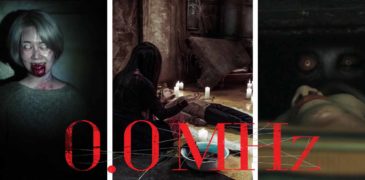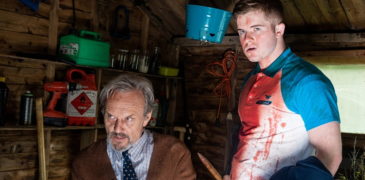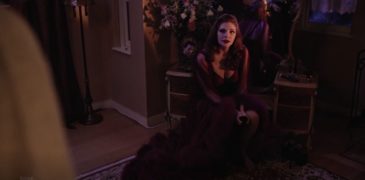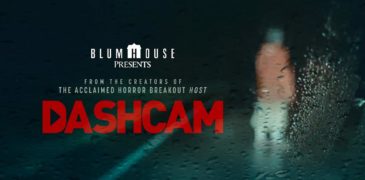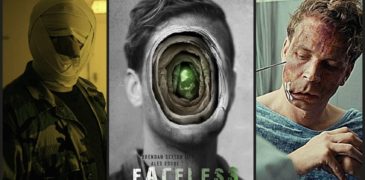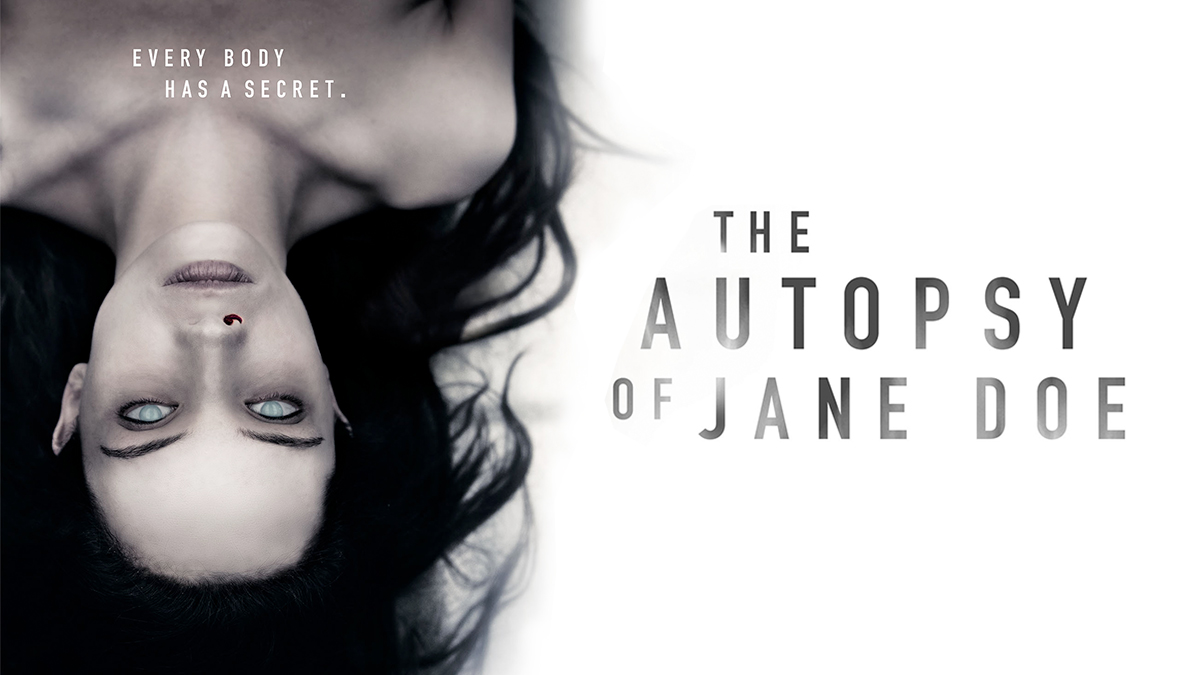
Andre Overdal’s follow-up to his breakout found footage Scandinavian romp, Troll Hunter (2010), is a quintessential hidden gem. Not overly lauded on its release in the mid-2010s, The Autopsy of Jane Doe can now be discovered on Amazon. This taut little horror packs its 86 minutes with layered storytelling reminiscent of a Stephen King short story or an extended episode of Inside No 9. The main idea is pleasingly original and sees a medical procedural drama step into more supernatural and terrifying territory.
Focusing on perceived witchcraft, this film could be thought of as fitting alongside the more overt witch-centric horror of the past decade–The VVitch (2015), The Love Witch (2016), Suspiria (2018), Fear Street (2021), etc…–but I would argue it stands out due to the absence of witches and instead utilises societal misogyny, and its long overdue acknowledgment, to manifest a supernatural vengeance that provides the threat.
Set almost entirely within the basement of a picket-fenced, small-town American, family-run morgue and crematorium, a father and son set about examining the recently discovered corpse of a titular Jane Doe.
Brian Cox is perfectly cast as Tommy, the aging, affable patriarch attempting to train his son in the family trade while dealing with the loss of his wife some two years prior. His son, Austin, played by Emile Hirsch, is a good-natured youth who’s tied to his work responsibilities and the support of his grieving father while being pulled away by his relationship with Emma, played by Ophelia Lovibond. Cox and Hirsch make up two of this film’s three main characters, alongside the silent antagonist, Jane Doe, played with impressively lifelessness by Olwen Catherine Kelly.
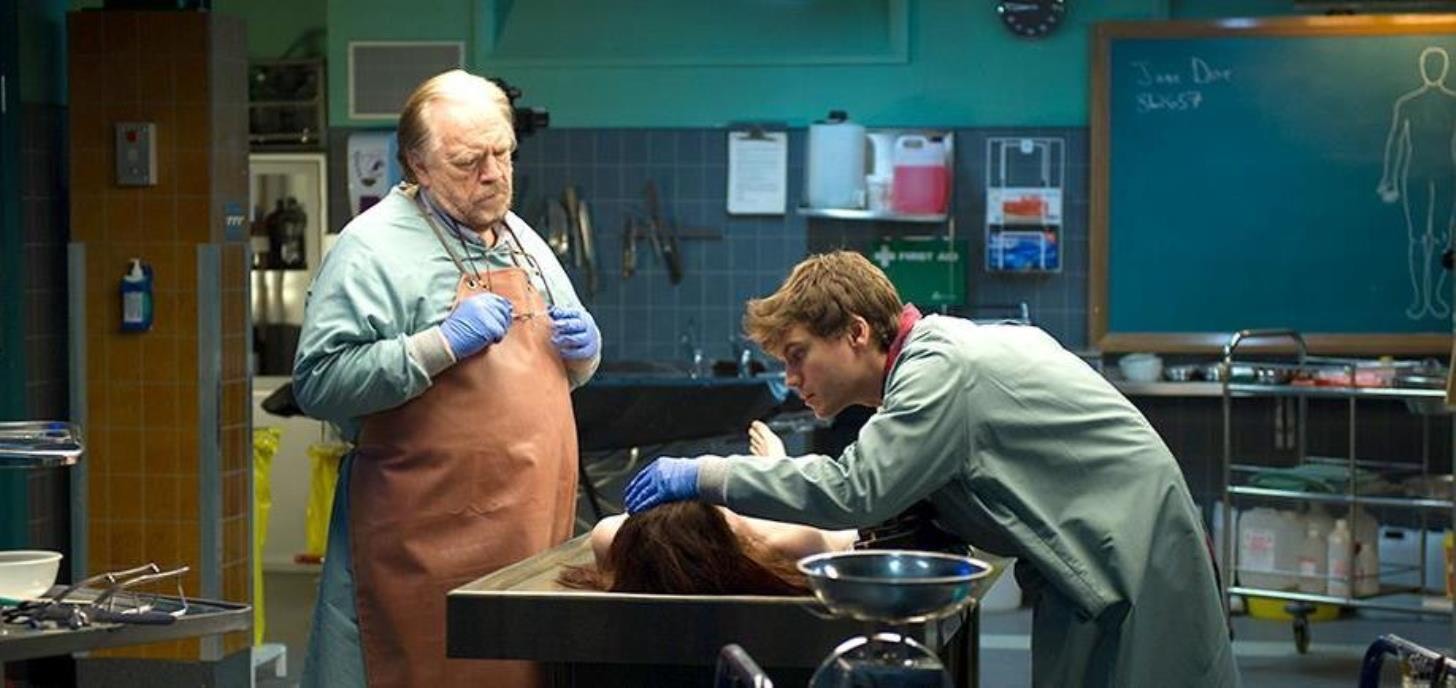
With two-thirds of this three-hander being men, and the other third being a silent cadaver, this movie is never going to pass the Bechdel Test. It is, however, in my opinion, able to thrust historical misogyny into the spotlight and force the modern man to acknowledge culpability, at least in regards to acknowledging the heinous treatment of the opposite gender, and his innate inability to fully comprehend a woman’s experience.
We start with a tour of the subterranean setting by Emma, whose insistent curiosity sees Austin lead her down among the flickering lights and faded décor of the basement morgue. We see the gated lift access, long oppressive corridor, mounted mirrors and we’re also introduced to a Chekov’s bell, setting up a wide range of cinematic tools which are all used to haunting effect in the third act. Emma mirrors the ghoulish fascination of the horror audience who are, like her, just as desperate to see what lies within the metallic cabinets and challenge themselves to view “what can’t be unseen”.
Leaning heavily on instinctive fears of mortality, fascination/repulsion with death, and classic Gothic themes of being buried alive, the film causes the viewer to continually check for signs of movement, and the more experienced horror fan’s ability to predict rising cadavers, expecting more simplistic, route one jump scares, no matter how relaxed and unconcerned the morgue regulars appear to be with their quieter roommates.
As Emma leaves, and Jane Doe is wheeled in by local law enforcement, the gender representation imbalance is maintained, and Austin chooses to devote his evening in support of his father, with the promise of returning to the world outside, and Emma, his main and only interest beyond family/work, at 11 pm.
Once Jane is inside, the two representations of cross-generational manhood begin the exploration of the mystery corpse. With Jane Doe, serene and unblemished, lying almost beautifully angelic before them, the pair, dispassionate behind a wall of science, attempt to find the cause of death. The emotional distance required by medical examiners emphasises a stereotypical detachment typically associated with men; a lack of empathy, particularly toward women, on anything other than an objectified, material level. Although not in a sexual context, the naked figure, filmed and photographed at her most vulnerable by two men, cannot help but bring with it unsettling connotations. The treatment of the female form, and how it can only be investigated via empirical methods, lack any deeper connection but continues to fascinate by way of its inherent mystery and their inability to understand, limited as the characters are by their viewpoint.
Although the abhorrent tortures endured by Jane Doe are listed with professional indifference and even drawn up on the chalkboard to add a pictorial aid memoir to better bring home the horror to the audience, the men are only ever concerned with understanding the cause of death and make a point of not inferring anything further.
The consideration of the corset, a classic symbol of female constriction, precedes the brutal cracking open of Jane’s ribcage. This Victorian dress and Jane’s outward physical perfection, which showed no signs of interior damage or corruption, brought to mind Oscar Wilde’s A Portrait of Dorian Gray.
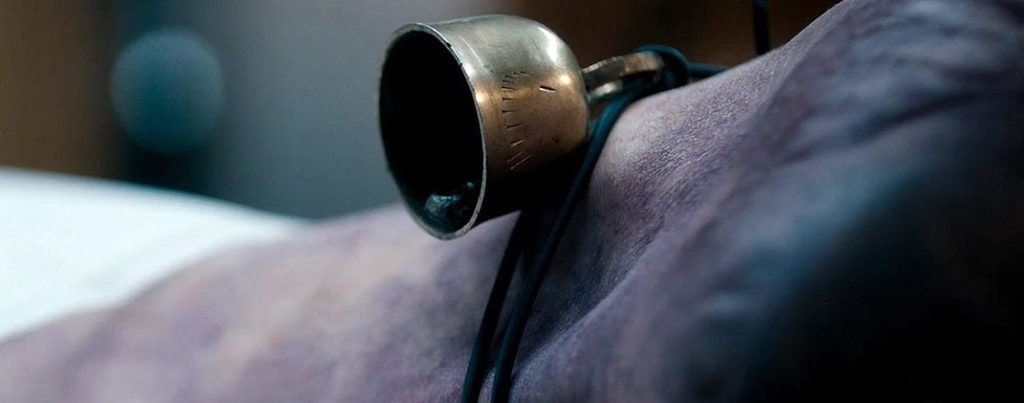
With Jane Doe being not only an unnamed corpse but a literal white canvas, she represents an “every woman” who communicates the torment of patriarchal subjugation via the testimony of physical trauma wrought upon her flesh. It is somewhat ironic that Jane’s theme tune, played in accompaniment of her supernatural activities, is a stilted 1950’s track concerned with a conversation between mother and daughter, titled “Open Up Your Heart and Let the Sunshine In”. The song seemingly mocks the autopsy process and inverts the central idea, whereby something far darker than sunshine is being let out as they open up Jane’s chest cavity. The song’s warping of the radio marks the start of Jane’s severing of links to the outside world. Phone lines fail, lifts stick and every escape is barred as this classic bottleneck scenario turns the workplace into a tomb for both father and son.
Although the elderly mortician is shocked to realise “she can feel”, like a scientific man stunned to see a woman as an equal, he is aware enough to understand Jane’s actions–her murderous revenge–and takes responsibility for his failure to understand the suffering of his suicidal wife (the ironically nicknamed “Ray” of light), and the barbaric failures of the patriarchy that preceded him.
Although still and silent throughout the film, and seemingly vulnerable, it is Jane who is powerful, even god-like, and in constant control of the entire situation. It is Jane that is empowered and allows the two men to read, and come to understand, the suffering she and all women have endured in the past, conveying the knowledge to them in a way they can understand far better than simply being told. It is Jane who, in the film’s climax, communicates the horror in terms of feelings, rather than mere theory, when Tommy offers to take on the suffering in an attempt to save his son.
Tommy also reflects on how his failures/sins towards his wife have been passed to his son. Austin is tied to both his father and the mortuary, unable to leave: “We should have left, I wanted to leave.” It’s telling, also, that the only onscreen killing of a woman is at the hands of the patriarch, clumsily hacking at the young girl with an axe in a parody of the highly skilled incisions he performed earlier on Jane.
The vengeful Jane Doe is not, I believe, one to be placated with the torment and murder of two small-town medical practitioners, nor the household of corpses found by the police when discovering Jane, half exhumed, at the start of the film. Jane represents the boundless rage, and unquenchable anger caused by her mistreatment, and that of all women, at the hands of oppressive patriarchy. Much like Ringu’s Sadako, Jane’s vengeance is unlimited and insatiable. Jane is out for revenge, across the generations, on the male-centered society that tormented her. Perhaps it is Austin’s mercy killing of his father, which, in doing so, prevents Tommy from experiencing all that Jane wishes to communicate, all that he wished to take on to save his son, that seals Austin’s own fate.
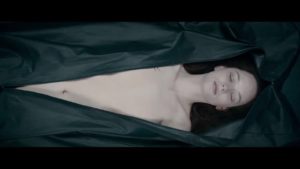
Austin, after experiencing the supernatural and understanding the religious torture Jane had suffered, suggests that she is a witch, and although Tommy rejects that, wisely stating that witches never existed and that all the victims of the Salem witch trials were just innocent girls, he does go on to suggest that Jane’s treatment at the hands of those who believed she was a witch, could have created the very thing they wanted to destroy. Although this would have created a feeling of poetic justice, a total failure on the part of Jane’s persecutors, it cannot be the case as it would have meant that Jane had become not only a witch, but the first ever actual witch, and none of the resulting phenomena can be attributed to any understood concept of a witch or witchcraft.
What they created, if Jane’s torturers (or the representation of historic misogyny) can be thought of as having created anything, is something new–something fueled by rage and vengeance and altogether more powerful and deadly than a witch. Something far worse than could be conjured by Satan himself, as, after all, Hell, we are told, hath no fury like a woman scorned, and women have for centuries been far more than merely scorned.
The film’s focus on the continued legacy of murderous misogyny, disguised as righteous witch hunting, while avoiding witch-like stereotypes in the main character, makes The Autopsy of Jane Doe stand out alongside its thematic contemporaries. The added depth and originality enable this well-handled horror to strike home more effectively than one might expect.
More Film Reviews
Considering the renowned success of Parasite (2019), among many others, South Korean cinema has finally started to receive a recognition outside of Asia that has been mostly reserved for Japanese… Horror comedy is such a subjective film genre. Hell, comedy in general is tough enough because what’s funny to me might be completely boring to you. So how do you… “Fin is a criminal on the run, wanted for the murder of his boss and the accidental shooting of an officer. He breaks into the home of a high-class escort,… Rob Savage gave us one of, if not the best, screen-life found-footage horror films to date with Host. Brilliantly presented as a terrifying experience in the duration of a free zoom… Follow Her is a 2022 American horror thriller, written by Dani Barker and directed by Sylvia Caminer. Aspiring actress/social media influencer Jess responds to a mystifying classified ad to work… “A disoriented and frightened man awakens in a hospital room to discover he’s the recipient of a full face transplant. Plagued by weird flashbacks, no memory, and no visitors, he…0.0 MHz (2019) Movie Review – Possessive Horror from South Korea
Let the Wrong One In (2021) Film Review – Goofy Vampires Don’t Sparkle Either
Val (2021) Film Review – Making Bad Decisions For You
DASHCAM (2022) Film Review – The Rhymes are Fresh, The Bodies Putrid
Follow Her (2022) Film Review – Revenge is a Dish Best Served Digitally
Faceless (2021) Film Review – Who Are You Really?
